
All categories
Featured selections
Trade Assurance
Buyer Central
Help Center
Get the app
Become a supplier

(182907 products available)

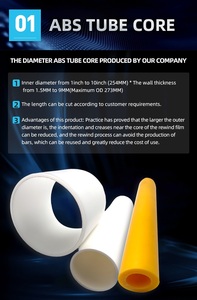
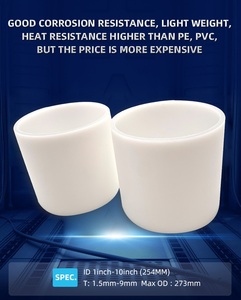
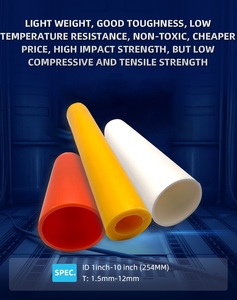
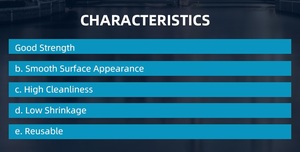













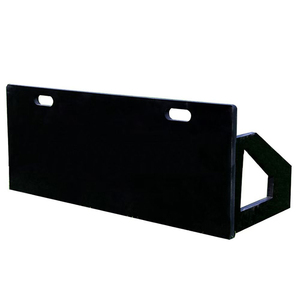














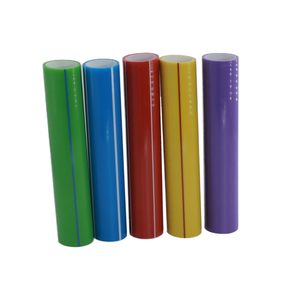








A plastic core is a cylindrical component made from various types of plastics. It's used in different applications across many industries. Here are some common types:
Paper Tubes
These are recycled paper tubes that are commonly found in toilet rolls and other household items. They are made from recycled paper or cardboard and can be used for various crafts. In industrial applications, these can be used as cores for winding materials such as paper, fabric, and plastic film. They are available in different sizes and can be customized according to customer needs.
Plastic Tubes
These are usually made from PVC, PP, or HDPE and used for a variety of applications. The tubes are strong, moisture-resistant, and have a good aesthetic appearance. They can be used in the construction industry, packaging, and many other applications.
Metal Tubes
These are usually made from aluminum, steel, or other metals. They are durable and have a long lifespan. However, they are susceptible to rust and corrosion. These can be recycled, which makes them ecologically friendly. They are used in applications where high strength and load-bearing capacity are required. This includes the automotive industry, aerospace, and many others.
Composite Cores
These cores are made from a combination of materials such as plastics, paper, and other composites. They are lightweight and have a high tensile strength. These cores can be customized to meet different industry requirements. They are used in applications where weight reduction is important. This includes the aerospace industry, wind turbine blades, and others.
Lightweight but Strong:
Plastic cores are very light but still strong. This makes them easy to handle when building things, yet they help keep the structure sturdy and intact.
Good insulation:
Plastics used have great insulation properties. This helps control temperatures inside buildings or other structures, making them more energy-efficient.
Moisture Resistance:
The cores do not absorb water. This prevents mold or rot from happening in the walls or other installed structures, keeping them in good condition for a long time.
Easy to Cut and Shape:
Plastic cores can easily be cut to size or shaped as needed. This makes construction flexible since the cores can be tailored for different projects.
Cost-Effective:
Plastics are usually cheaper than other materials like metal or wood. Using plastic cores helps lower overall building costs while still providing solid support.
Recyclable:
Many plastics can be recycled. This allows for more sustainable building practices since the used cores can be processed and made into new products instead of going in a landfill.
Variety of Finishes:
Cores can work with different outside materials and styles. This gives designers options to create buildings with the look and function they want.
Fire Resistance:
Some plastic cores have special treatments to make them resist burning. This meets safety codes that require materials used in construction to be fireproof.
UV Resistance:
Plastic cores that are used outside are made to withstand the sun's rays without breaking down over time. This ensures the cores last longer in exposed areas.
Easy to Connect:
Different types of plastic cores allow for simple joining methods. This makes it quicker to assemble walls or other structures during construction.
The markets mentioned below buy cores in large quantities:
Flooring manufacturers:
Vinyl flooring products often use a plastic core for added durability and stability. The core layer helps vinyl tiles and sheets maintain their shape, even in high-traffic areas. Different types of plastic flooring core products include SPC (Stone Plastic Composite) and WPC (Wood Plastic Composite). SPC flooring has a rigid core made of 60% crushed limestone, 35% PVC (polyvinyl chloride) and 5% polymer materials. This core is then reinforced with a wear layer and backing vinyl layer. WPC flooring uses a core composed of 60% powdered wood fiber, 30% PVC resin, and 10% chemical additives like stabilizers and foaming agents. Like SPC, WPC flooring also has a top layer for durability and a bottom layer for sound attenuation or moisture resistance. Other types of plastic core flooring include polyvinyl chloride (PVC) flooring and rubber flooring.
Automobile manufacturers:
Plastic cores are used in automotive applications, such as interior panels, door trims, and headliners. For example, automotive door panels may have a plastic core sandwiched between layers of upholstery material and a rigid outer skin. This core can be made from materials like polypropylene copolymer, high-density polyethylene (HDPE), or polyvinyl chloride (PVC) plastic. It provides structural support, impact resistance, and weight savings compared to all-metal cores. The plastic core helps door panels resist dents and damage from kicks and hits. It also prevents door panels from sagging over time due to internal stresses or temperature changes.
Cardboard tubes:
These cores are made by rolling layers of paper or cardboard around a central mandrel. Adhesives bond the layers together to create a strong, hollow tube. The tube is then cut to the desired length. It is used for products like wrapping paper, paper towels, and toilet paper. The tube's inner diameter is determined by the size of the mandrel used during production. Larger diameter tubes can hold more paper products, while smaller ones take up less storage space. The tube's wall thickness depends on the number of paper layers rolled and the type of adhesive used. Thicker walls make for sturdier cores that won't collapse easily. Manufacturers can also vary the length of the tube based on customer requirements.
When looking for the right core material, it’s essential to consider various factors to ensure a balance between cost and performance. Here are some factors to consider when buying:
Application Requirements
The plastic cores are used in various applications, and each application has specific requirements. For instance, if the core is to be used in a construction project, it will need to be strong enough to provide structural support. On the other hand, if it is used in packaging, it will require a material that is lightweight and can be easily cut or molded. Consider the application needs before settling for a plastic core material.
Long Term and Short Term Costs
When purchasing plastic cores, it is important to consider both long-term and short-term costs. Short-term costs are the initial costs incurred when buying the cores, while long-term costs are the additional costs that may arise over time due to factors like maintenance and durability. Weighing these costs helps to make a more informed decision when buying a core.
Environmental Impact
It is important to consider the environmental impact of the chosen core material. This can be done by evaluating the production process, the material's lifespan, and its end-of-life disposal options. Some materials may have a higher environmental impact than others, depending on these factors. As such, it is important to choose a material that aligns with the need for sustainable practices in many industries.
Weight
As mentioned, different cores come with varying weights. For instance, cardboard cores are generally lighter than most plastic cores. The weight of the core can significantly affect the final product, especially in applications like aerospace and automotive, where reducing weight is essential.
Compatibility
Compatibility between the core and the materials used in the final product is crucial. This ensures that the core can be easily integrated into the manufacturing process and that it will perform as expected in the final product. For example, if adhesive is used to bond materials together, it is important to ensure the adhesive is compatible with the chosen core material.
Q: What are the advantages of a plastic core floor over traditional flooring?
A: Plastic core floors are more stable than traditional LVP because of their layered construction. They work well in extreme temperatures and damp environments without buckling or curling. A floating installation makes them easy to install over most surfaces. Plastic core floors are also waterproof and durable against everyday scratches.
Q: What are the disadvantages of a plastic core floor?
A: While many plastic core floors are durable, they are not as long-lasting as some high-end options with an SPC core. Because they are lighter than traditional floors, they may emit more VOCs during production. Not all manufacturers use the same quality of PVC, which affects lifespan.
Q: How are floors with a plastic core maintained?
A: Floors with a plastic core are easy to maintain. Sweep or vacuum to remove dirt and debris. Mop with a gentle, pH-balanced vinyl floor cleaner when necessary. Avoid harsh chemicals, abrasive cleaners, or scrubbing pads that can damage the floor's wear layer. Never flood the floors with water or use a steam mop.
Q: Are floors with a plastic core suitable for all climates?
A: Yes, plastic core floors are suitable for all climates because they are dimensionally stable. They do not expand or contract with temperature or humidity changes like some natural materials. SPC core floors work well in extreme heat, cold, or humid environments.
Q: Can floors with a plastic core be installed over existing flooring?
A: Many plastic core floors are designed for floating installations so they can be installed over existing, flat, hard surfaces. This includes most types of vinyl, tile, and even wood plank flooring if it was not installed using glue. However, flooring cannot be installed over carpet or rugs.